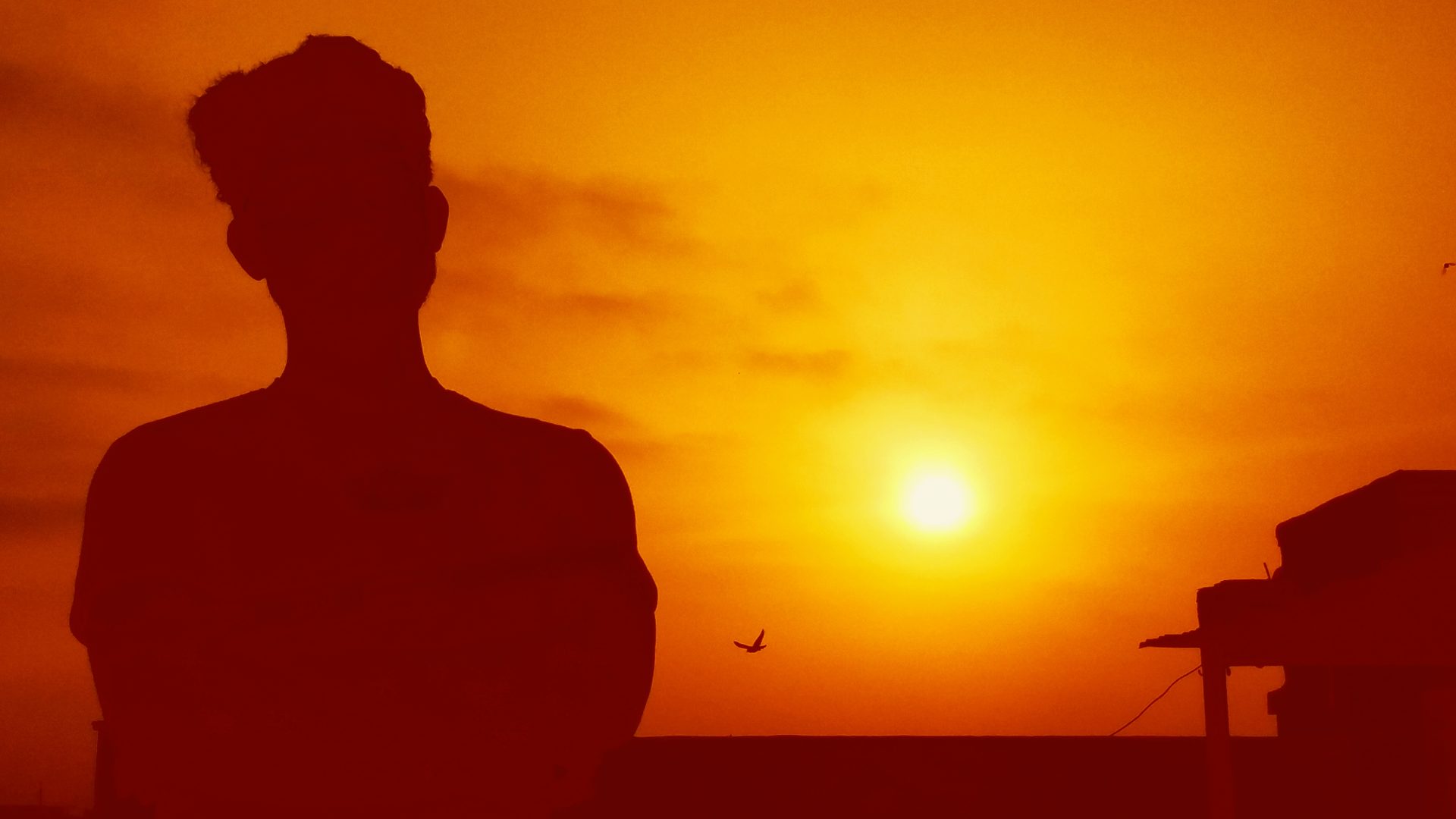Get ready for a celestial spectacle as December 22nd heralds the shortest day of the year, accompanied by the longest night on December 23rd. As the sun graces us with its presence at 6:59 in the morning on December 22nd, it bids adieu at 5:10 p.m., casting a mere 10-hour glow upon the day. Brace yourself for a lengthy 14-hour night, setting the stage for the dance between day and night.
But fear not, for change is on the horizon. From December 23rd onward, the balance shifts, with the day gaining momentum in its duration and the night reluctantly conceding. This celestial tango continues until March 21st and 22nd, 2024, when day and night stand on equal footing, creating a harmonious equilibrium.
The cosmic drama unfolds in a gradual rhythm from June 22nd to December 22nd, with each passing day witnessing a reduction of 80 seconds in daylight. The culmination? A compact 10-hour day and an extended 14-hour night, a celestial symphony playing out in the skies.
Conversely, from December 22nd to June 21st, the narrative takes a different turn. Daylight stretches its arms a little further each day, gaining 45 seconds of glory. The celestial clock ticks, marking the transition from the longest night to the gradual embrace of longer, sun-kissed days.
As we navigate the ebb and flow of daylight, let this celestial performance be a reminder of the ever-changing rhythm of our cosmic companion, the sun, orchestrating the dance between day and night in the grand stage of the universe.

